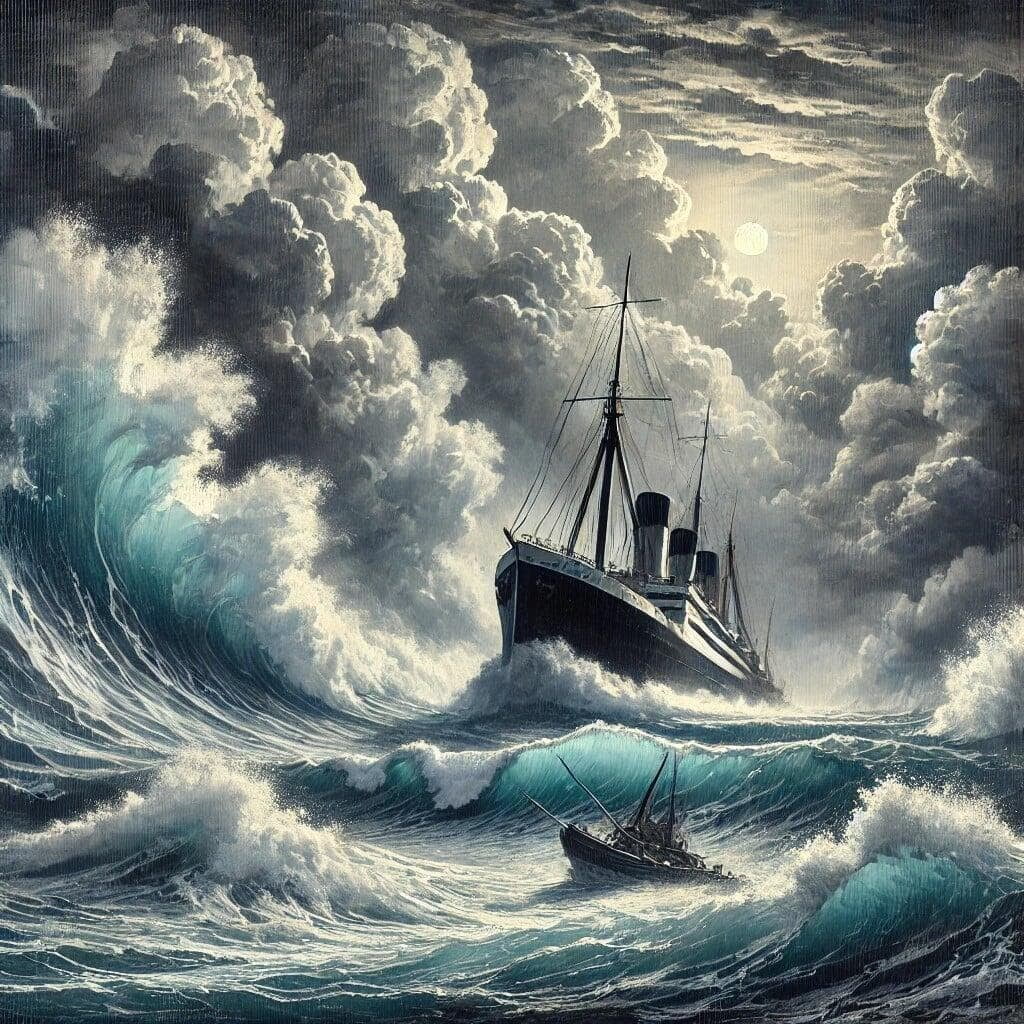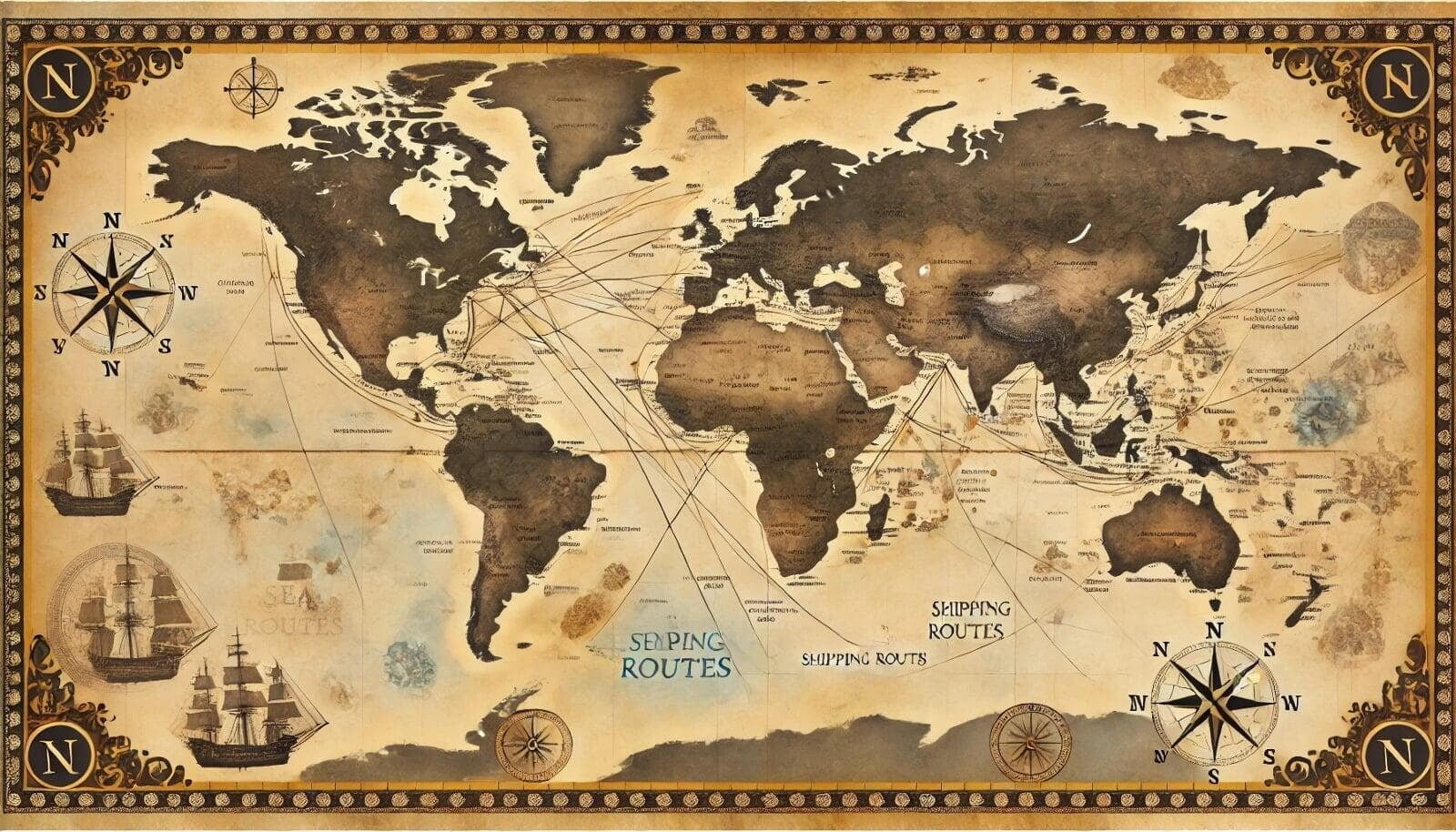
The Drake Passage, a 600-mile-wide body of water between the southern tip of South America and Antarctica, is notorious among sailors and adventurers for its treacherous conditions.
Named after the famed English sea captain Sir Francis Drake, the passage was in reality first discovered by Spanish explorer Francisco de Hoces in 1525 while sailing south from the entrance of the Strait of Magellan, reaching a South latitude of 55°.
Sir Francis Drake is believed to have never actually sailed the passage but instead had knowledge of the passage from the Spanish, and subsequently stolen the maps pertaining to this area. He would have actually sailed through the strait of Magellan, but lied saying it was the Drake passage due to a storm. The first explorer to have actually sailed through the passage accredited to Willem Schouten in 1616…40 years after Drake “supposedly” did.
Geography and Location
The Drake Passage connects the Atlantic and Pacific Oceans, positioned between Cape Horn (Chile) and the South Shetland Islands (Antarctica). This region represents the shortest crossing from Antarctica to any other landmass, making it a crucial route for scientific expeditions and adventurous tourists alike. However, its unique geographic location contributes significantly to its perilous nature.
Why is the Drake Passage So Dangerous?
Several factors combine to make the Drake Passage one of the most dangerous stretches of water in the world:
1. Unpredictable Weather Conditions: The Drake Passage is infamous for its rapidly changing weather. Strong winds, violent storms, and sudden shifts in weather are common. These conditions create an unpredictable and often hostile environment for vessels.
2. Powerful Ocean Currents: The passage lies at the confluence of the Atlantic, Pacific, and Southern Oceans. This unique positioning results in the powerful Antarctic Circumpolar Current (ACC), which flows west to east through the passage. The ACC, the world’s most powerful ocean current, moves a massive volume of water, contributing to the rough seas and formidable waves.
3. Gigantic Waves: Waves in the Drake Passage can reach heights of over 30 feet (10 meters), presenting a significant challenge even for modern ships. These colossal waves are often driven by the strong westerly winds, known as the "Furious Fifties," which rage between 50 and 60 degrees south latitude.
4. Icebergs and Sea Ice: While not as prevalent as in some Antarctic regions, icebergs and sea ice can still pose significant hazards, particularly during the austral summer months when the ice melts and drifts northward. Navigating around these floating ice masses requires constant vigilance.
5. Isolation and Remoteness: The Drake Passage is far from major ports and lacks the infrastructure that might aid ships in distress. The remoteness means that any vessel encountering trouble must be largely self-sufficient, as help could be days away.

Historical and Modern Challenges.
Historically, the Drake Passage has been a graveyard for ships. During the age of exploration and early commercial shipping, many vessels were lost to the passage’s merciless conditions. Even with modern technology, the passage continues to claim its toll. Advanced navigation systems, sturdier ships, and better weather forecasting have mitigated some risks, but the inherent dangers remain.
For researchers, the Drake Passage is both a barrier and a boon. Its challenging conditions provide critical insights into oceanographic and climate dynamics. Studies conducted in these waters help scientists understand global ocean circulation and its impact on climate systems.
Tourism has also increased in recent years, with more people seeking the adventure of crossing the Drake Passage to reach Antarctica. Despite improved safety measures, the journey is not for the faint-hearted, and many tourists experience the notorious "Drake Shake" — the violent seasickness-inducing motion of the ship as it battles the waves.
Conclusion.


